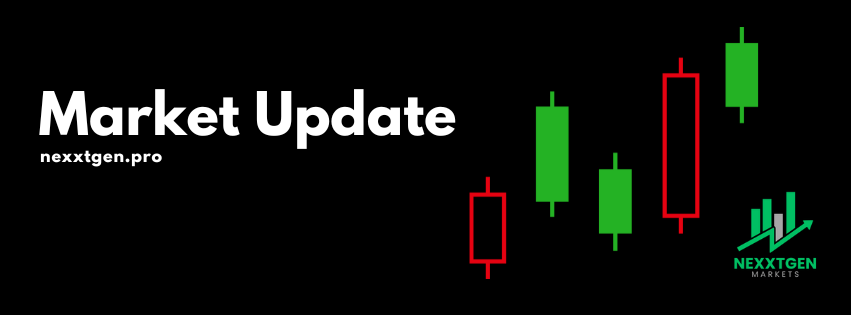Understanding Commodity Price Dynamics: Insights for Investors
- NexxtGen Markets

- Apr 12, 2024
- 3 min read
#commodities #commoditiestrader #commoditiestrading #goldtrading #silvertrading #coppertrading #oiltrading #oiltrader #oilprices #goldprices
Learn more: https://bit.ly/nexxtgenmarkets
Navigating the intricacies of commodity markets requires a nuanced understanding of the factors that influence price movements. At NexxtGen, in collaboration with eToro, we provide valuable insights into commodity trading, empowering investors to make informed decisions. As investors explore commodity investments, it's crucial to acknowledge the inherent risks associated with trading and investing. Through our partnership with eToro, we may receive a small commission for individuals who join eToro via our platform.
Exploring Commodity Price Drivers
Commodity prices are subject to a myriad of influences, ranging from geopolitical events to economic cycles and weather patterns. Understanding these fundamental drivers is essential for anticipating market movements and optimising investment strategies. While individual commodities may exhibit unique price drivers, the collective impact of these factors shapes the broader commodity sector.
The Role of Supply and Demand
Supply and demand dynamics serve as the foundation of commodity markets, dictating price fluctuations based on market fundamentals. Raw materials are procured and distributed globally, with supply levels influenced by factors such as production output and government stockpiles. Moreover, speculative trading activity can introduce volatility, amplifying price movements beyond fundamental drivers.
Impact of Demand on Commodity Prices
Demand-side factors exert significant influence on commodity prices, with changes in consumer behaviour and economic conditions driving market dynamics. Inelastic demand for certain commodities, such as nickel for electric vehicle batteries, underscores the critical role of supply chain resilience. Despite price fluctuations, essential commodities often maintain consistent demand, mitigating downside risk for investors.
Navigating Price Volatility and Economic Trends
Economic downturns can precipitate declines in commodity demand, triggering price volatility across various sectors. While short-term inventory adjustments may temporarily alleviate downward pressure, sustained economic contractions can lead to prolonged price declines. However, proactive supply management and adaptive production strategies can mitigate the adverse effects of economic recessions on commodity markets.
Strategies for Commodity Investors
Investors must adopt a strategic approach to navigate commodity price fluctuations and capitalise on market opportunities. Implementing risk management tools, such as stop-loss orders, can safeguard against downside risk while maximising potential returns. Additionally, diversifying investment portfolios across asset classes can mitigate exposure to commodity market volatility, fostering long-term portfolio resilience.
Hedging Commodity Investments
Building a diversified investment portfolio serves as a hedge against commodity market risks, balancing potential losses with returns from complementary asset classes. By incorporating assets with inverse correlations to commodities, investors can offset volatility and maintain portfolio stability. Moreover, disciplined portfolio management is essential for capitalising on market trends while mitigating downside risk.
Final Considerations
Commodity trading presents both risks and opportunities for investors, requiring a strategic approach informed by market insights. Whether navigating short-term price fluctuations or capitalising on long-term trends, investors must align their investment strategies with their financial objectives. While commodity trading offers potential rewards, it entails inherent risks and volatility, necessitating prudent risk management practices and diligent market monitoring.
Disclaimer: Trading and investing involve inherent risks, and individuals should exercise caution and seek professional advice before engaging in financial activities. Diversification and risk management strategies are essential for mitigating commodity market risks, but they do not guarantee protection against losses. Past performance is not indicative of future results. As part of our collaboration with eToro, we may receive a small commission for individuals who join eToro via our platform.













Comments